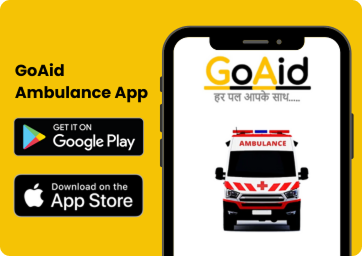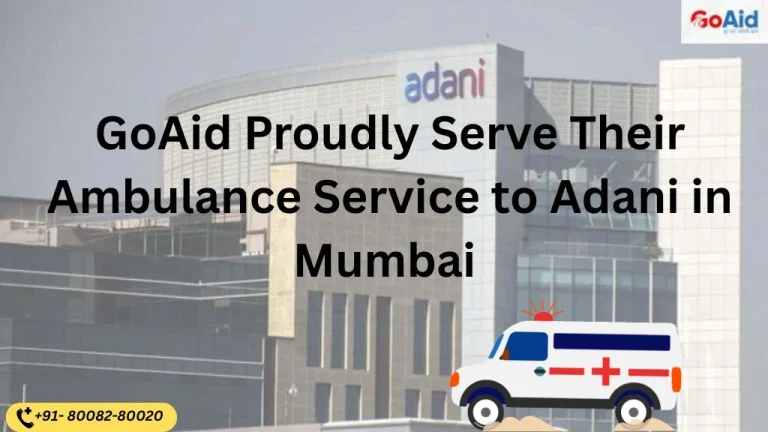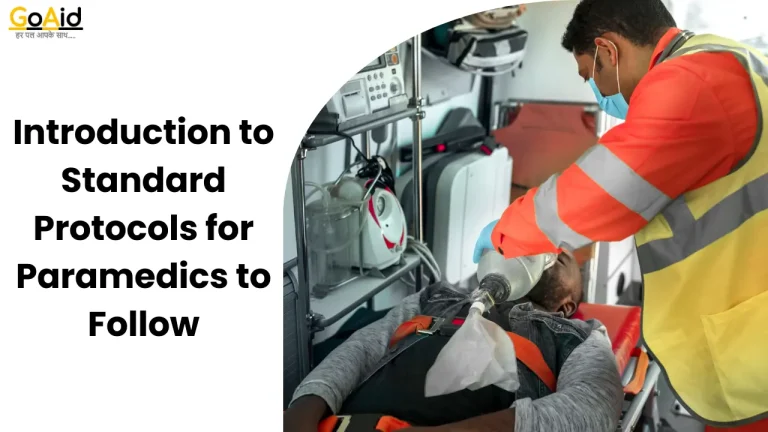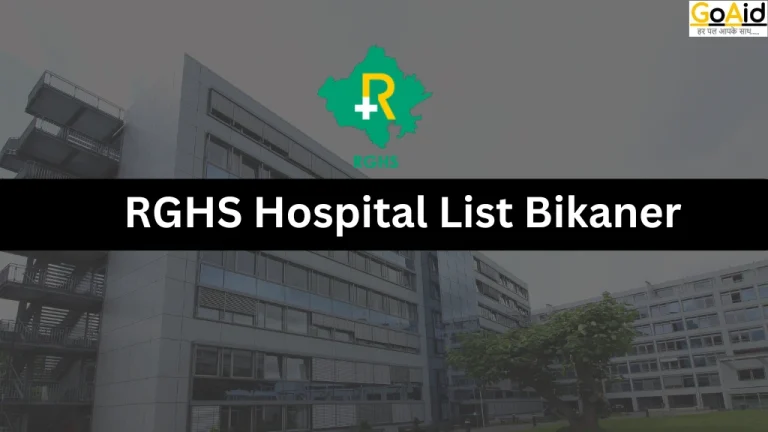In India, Ambulance is the first medical need of every person who needs immediate and efficient medical transportation to the hospital. However, selecting the right ambulance is not as easy as thought. This is why we need to know about those indications that can help us to select the right ambulance services.
In this blog, we are going to introduce you to some creative and working indications that can help you select the best of the ambulances around you. After that, you wonŌĆÖt face any difficulties in selecting the right ambulance service for your needs.
So, letŌĆÖs start-
How to Choose the Right Ambulance Service for Your Needs
If you want to select the right ambulance service according to your needs or want to choose the best ambulance service, then you should keep some indicators in mind that will help you to filter some great ambulance services for you. Below, we have added some of the great indicators that will help you select the ambulance service that you need.
1. Type of Medical Emergency:
You need to know what type of emergency ambulance you need at first. Consider the patient’s condition and specific needs. Different types of ambulances cater to different needs, such as basic life support, advanced life support, or specialized services like neonatal or psychiatric care.
2. Distance to the Hospital:
Sometimes, your selection of the ambulance can change what ambulance you need. The distance to the hospital can impact the choice of ambulance. For longer distances or in remote areas, an air ambulance might be more suitable, while for shorter distances, a ground ambulance may suffice.
3. Availability of Trained Medical Staff:
If any ambulance service provides a trained medical staff then this is the one. Ensure that the ambulance is staffed with trained and experienced medical professionals, such as paramedics or nurses, who can provide the necessary care during transportation.
4. Medical Equipment on Board:
Confirm that the ambulance is equipped with the necessary medical equipment, such as defibrillators, oxygen supplies, and vital monitoring devices, to handle the patient’s medical needs.
5. Response Time:
The ambulance’s response time is crucial in emergencies. Choose an ambulance service that guarantees a swift response time, ensuring that the patient receives prompt medical attention.
6. Communication System:
Ensure that the ambulance is equipped with a reliable communication system that enables coordination with the hospital and medical staff for seamless handover of care upon arrival.
7. Comfort and Accessibility:
Consider the patient’s comfort and accessibility needs. Ambulances should be spacious enough to accommodate the patient, medical staff, and any necessary equipment.
8. Reputation of the Service Provider:
Research the reputation of the ambulance service provider. Positive reviews and testimonials from past patients can be an indicator of the quality of service.
9. Cost and Insurance Coverage:
Understand the cost of the ambulance service and confirm whether it is covered by the patient’s insurance. Choose a service that is transparent about its pricing and offers affordable options.
10. Safety and Hygiene Measures:
In the context of the ongoing pandemic, ensure that the ambulance follows strict safety and hygiene protocols to protect both the patient and the medical staff during transportation.
11. Geographical Coverage:
Confirm the service areas covered by the ambulance provider, ensuring they operate in the regions you might require service.
12. Backup Resources:
Check if the ambulance service has backup resources like additional ambulances and medical staff to handle multiple emergencies simultaneously.
13. Training and Certification:
Ensure that the ambulance service provider and its staff have the necessary certifications and training for providing emergency medical services.
14. Specialized Services:
If the patient requires specialized services, such as neonatal transport or bariatric care, verify that the ambulance service can cater to those specific needs.
Also Read: The Importance of Oxygen Ambulance Services: A Comprehensive Guide
15. Accessibility to Technology:
Choose an ambulance service that offers modern conveniences like online booking, GPS tracking, and real-time updates to make the process smooth and transparent.
16. Patient Handling Experience:
Confirm that the ambulance staff has experience in handling different types of patients, including pediatric, elderly, and those with chronic conditions, ensuring the staff can adapt to the specific needs of the patient.
17. Adherence to Protocols:
Verify that the ambulance service follows established protocols for medical emergencies, including standardized procedures for patient assessment, treatment, and transportation.
18. Medical Support for Relatives:
Check if the ambulance service allows relatives to accompany the patient during transportation and if they provide support and information to the relatives throughout the process.
19. Post-Transport Coordination:
Determine if the ambulance service assists in post-transport coordination, such as admission procedures at the hospital or communication with the patient’s primary healthcare provider.
Also Read: Ambulance Service FAQs: Common Questions and Answers
20. Community Outreach and Education:
Consider ambulance services that engage in community outreach and education initiatives, demonstrating a commitment to public health and safety.
















